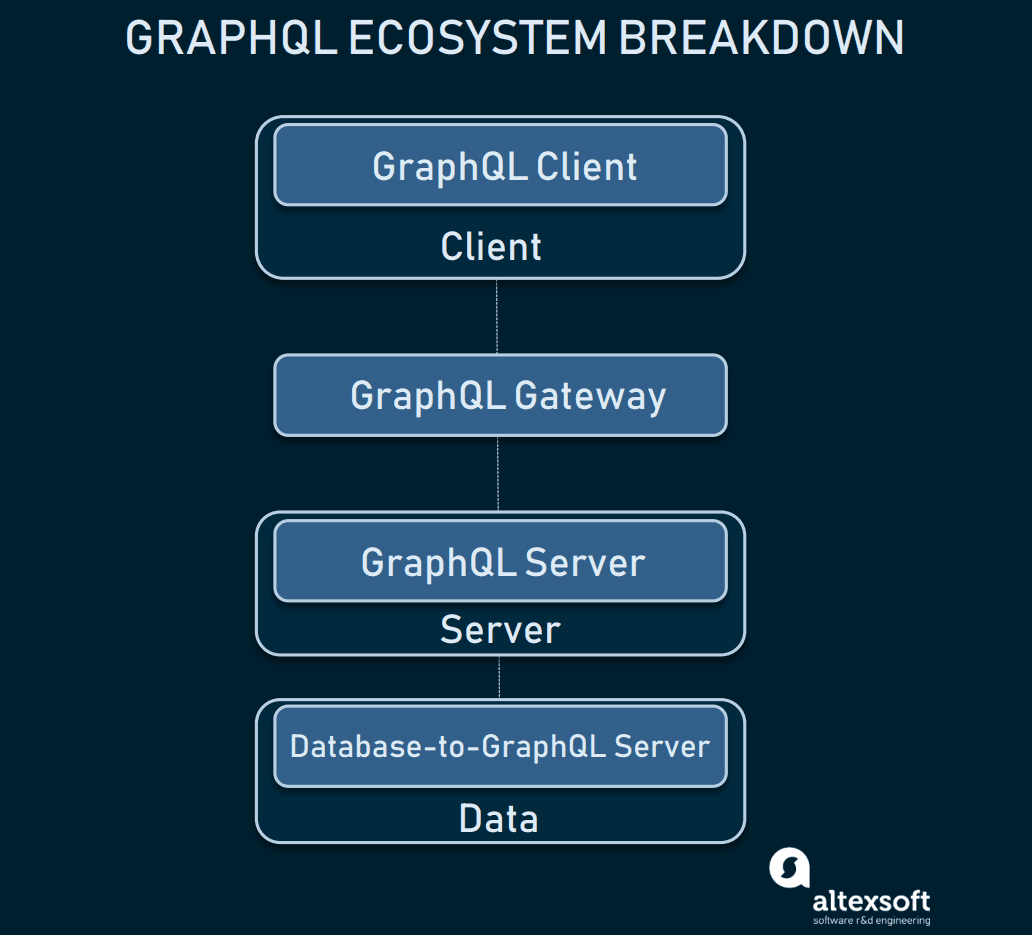

- #GRAPHQL AS A UNIVERSAL DATABASE ABSTRACTION HOW TO#
- #GRAPHQL AS A UNIVERSAL DATABASE ABSTRACTION SOFTWARE#
- #GRAPHQL AS A UNIVERSAL DATABASE ABSTRACTION CODE#
Generally, they can simplify and speed up software development.

#GRAPHQL AS A UNIVERSAL DATABASE ABSTRACTION HOW TO#
The Red Hat specialists note that APIs are sometimes considered contracts, where documentation is an agreement between the parties: “If party first sends a remote request structured a particular way, this is how the second party’s software will respond.” The API documentation is a manual for developers that includes all necessary information on how to work with the API and use the services it provides. The other software returns data/functionality requested by the former application.Īnd the interface by which these two applications communicate is what the API specifies. The software that needs to access information (i.e., X hotel room rates for certain dates) or functionality (i.e., a route from point A to point B on a map based on a user’s location) from another software, calls its API while specifying the requirements of how data/functionality must be provided.
#GRAPHQL AS A UNIVERSAL DATABASE ABSTRACTION CODE#
You may also check our video explainer on APIs What is an API?Īn API is a set of programming code that enables data transmission between one software product and another. Software products exchange data and functionalities via machine-readable interfaces – APIs (application programming interfaces).

Software or its elements don’t need a graphical user interface to communicate with each other. Interaction with computers, apps, and websites require user interface components – a screen with a menu and graphical elements, a keyboard, and a mouse. We can express our thoughts, needs, and ideas through language (written and spoken), gestures, or facial expressions. Let’s start with a simple example: human communication. It sounds solid, but what does it mean and why should you bother? If you ever read tech magazines or blogs, you’ve probably seen the abbreviation API.

The above query could be used to look for all events that don’t have a city, are connected to one or more of a set of cities, or are not connected to one or more of a set of cities. This same query which might take 11 requests in REST would take this simple GraphQL query. Gone are the days of REST when you would query for a user, get back a list of post ids, and then ask the API for all those posts. One of the biggest benefits of GraphQL is how it allows you traverse hierarhical data in a single query.


 0 kommentar(er)
0 kommentar(er)
